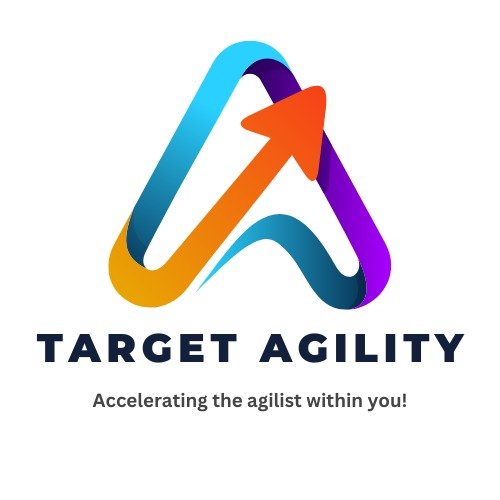Kanban vs. Scrum: Choosing the Right Framework

When managing projects using Agile, two popular frameworks often come up: Kanban and Scrum. Both focus on improving team collaboration, productivity, and efficiency, but they work in different ways. Understanding the differences between Kanban and Scrum is important for picking the right framework for your team. In this blog, we’ll explain the key differences, benefits, and how to use each framework. What is Kanban? Kanban is a simple, visual framework that focuses on continuous delivery. It uses a board with columns to represent different stages of work. Each task is represented by a card, and these cards move across the board as work progresses. The goal of Kanban is to make sure tasks flow smoothly through the system without delays. Kanban is flexible. Teams pull in work as they have the capacity to do so, rather than committing to a set number of tasks in advance. This allows for quick adaptation to changing priorities. What is Scrum? Scrum is another Agile framework, but it works in fixed time periods called sprints, which usually last 1-4 weeks. At the start of each sprint, the team picks a set of tasks to complete, and the goal is to finish all those tasks by the end of the sprint. Scrum has specific roles: the Scrum Master (who helps the team follow the process), the Product Owner (who manages the task backlog), and the Development Team (who does the work). Scrum also uses events like Daily Standups, Sprint Planning, and Sprint Retrospectives to keep the team focused and improve their processes. Key Differences Between Kanban and Scrum Benefits of Kanban Benefits of Scrum Which Framework to Choose? Choosing between Kanban and Scrum depends on your team’s needs: Conclusion Both Kanban and Scrum offer valuable ways to manage projects, but they work in different ways. Kanban is better for flexible, ongoing work, while Scrum is ideal for teams that want structured, timeboxed sprints with clear goals. Understanding your team’s needs and work style will help you decide which framework will work best for you, helping your team stay productive and efficient.

